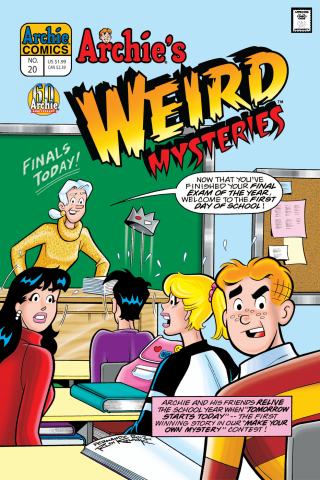
Estás filtrando por
Se encontraron 4938 resultados en recursos

Compartir este contenido
Archie #616
Copia el enlace o compártelo en redes sociales

Archie #607
Compartir este contenido
Archie #607
Copia el enlace o compártelo en redes sociales

Archie #609
Compartir este contenido
Archie #609
Copia el enlace o compártelo en redes sociales

Archie #618
Compartir este contenido
Archie #618
Copia el enlace o compártelo en redes sociales

Archie #608
Compartir este contenido
Flat plate pulsating heat pipes: new fabrication technologies, experiments and modeling = Tubos de calor pulsantes de placa plana: nuevas tecnologías de fabricación, experimentos y modelado
Copia el enlace o compártelo en redes sociales

Archie's Weird Mysteries #23
Compartir este contenido
Integrated surface-subsurface bim design workflows for technological facilities
Copia el enlace o compártelo en redes sociales

Archie's Weird Mysteries #20
Compartir este contenido
Spatio-temporal analysis of extreme wind velocities for infrastructure design = Analisis espacio-temporal de velocidades extremas de viento para diseño de infraestructura
Copia el enlace o compártelo en redes sociales

Archie's Weird Mysteries #12
Compartir este contenido
Application of scrumban agile project management methodology to the development of scorm-conformant blended learning modules at the Dortmund University of Applied Sciences and Arts
Copia el enlace o compártelo en redes sociales
How has the 2016 Colombian Peace Process, Impacted The Farc in Terms of Organization, Ideology, and Transformation?
Compartir este contenido
How has the 2016 Colombian Peace Process, Impacted The Farc in Terms of Organization, Ideology, and Transformation?
Copia el enlace o compártelo en redes sociales
Regional state capacity and economic performance in Colombia
Compartir este contenido
Regional state capacity and economic performance in Colombia
Copia el enlace o compártelo en redes sociales
Selecciona las Colecciones en las que vas a añadir el contenido
Para consultar los contenidos añadidos busca la opción Tus colecciones en el menú principal o en Mi perfil.
